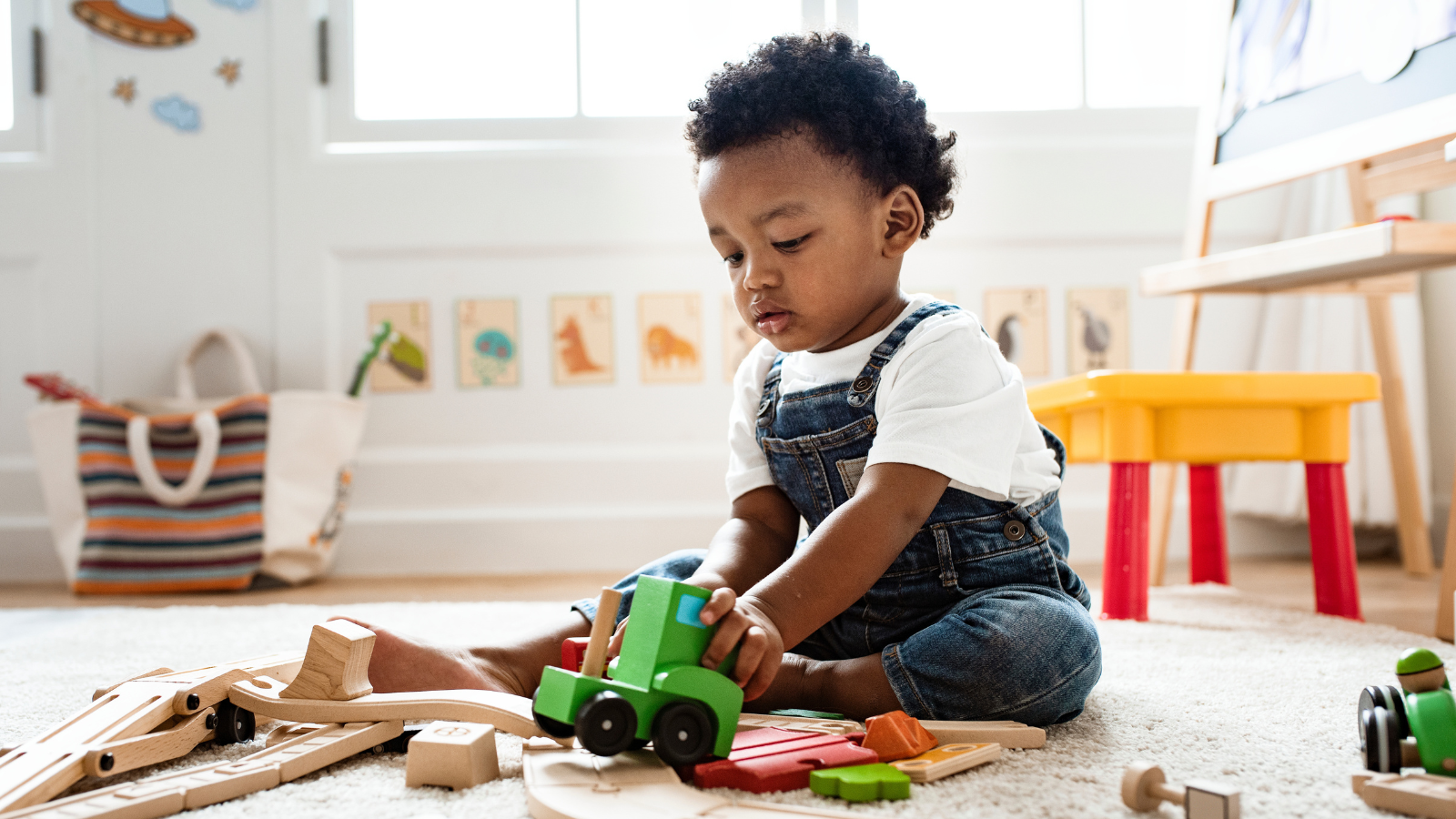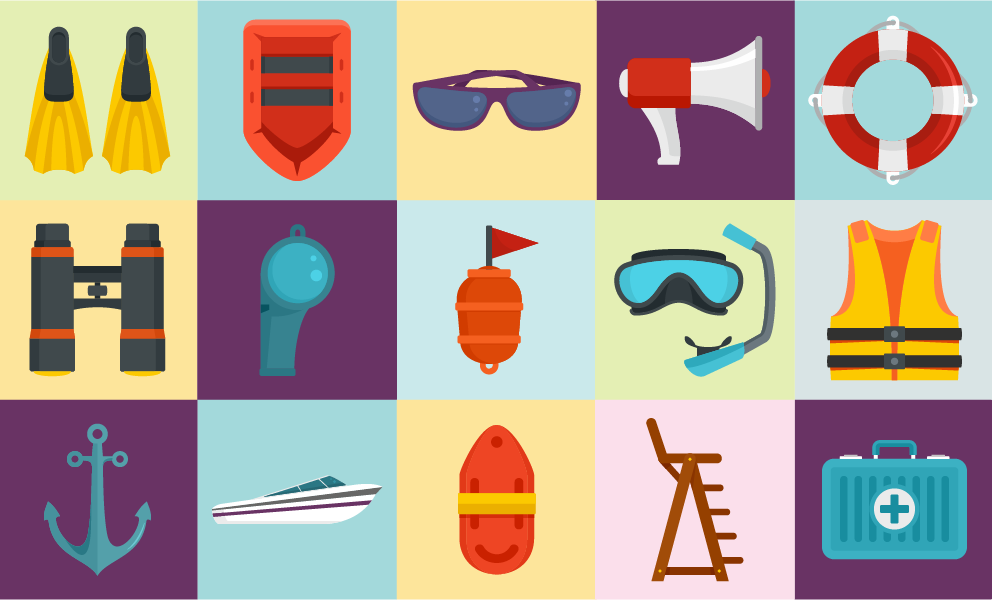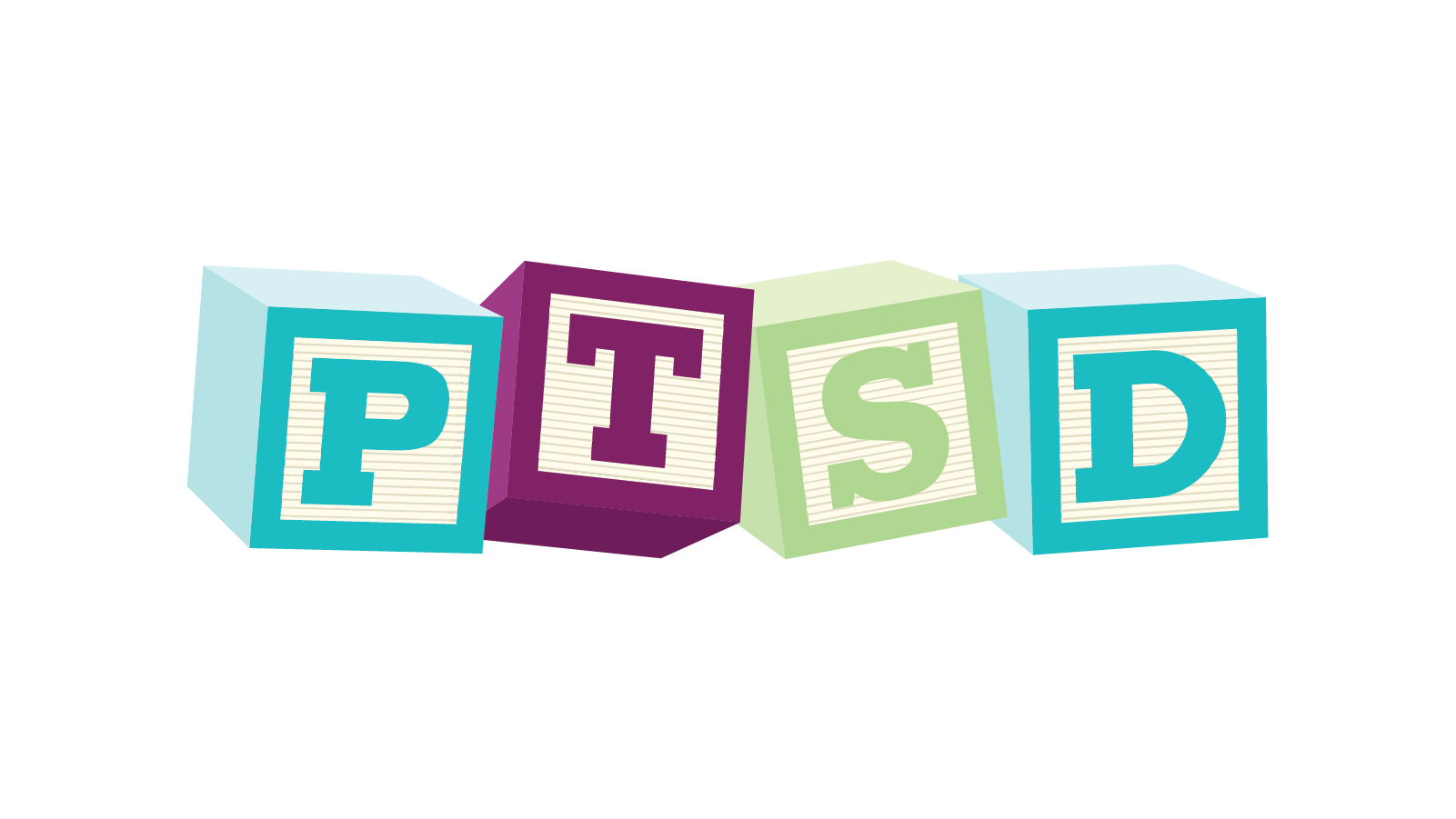Making a Splash, Safely
According to the American Red Cross, drowning is the leading cause of death for children in the United States, with children under the age of 1 years...

December is Safe Toys and Gifts Month, a time dedicated to raising awareness about the importance of selecting safe and age-appropriate toys for children. As parents and caregivers, we want to ensure that our little ones have fun and learn while playing, but safety should always be our top priority.
Why Toy Safety Matters
Tips for Choosing Safe Toys
Additional Safety Considerations
Following these tips can help ensure that your child's playtime is safe and enjoyable. Remember, your best gift for your child is a safe and healthy environment to play and grow.
Sources:

According to the American Red Cross, drowning is the leading cause of death for children in the United States, with children under the age of 1 years...

The word ”aftermath” has nothing to do with math, and everything to do with harvesting hay. Here's the story: 600 years ago, Middle English-speaking...

Nearly 90% of skin melanomas are caused by excess UV exposure.